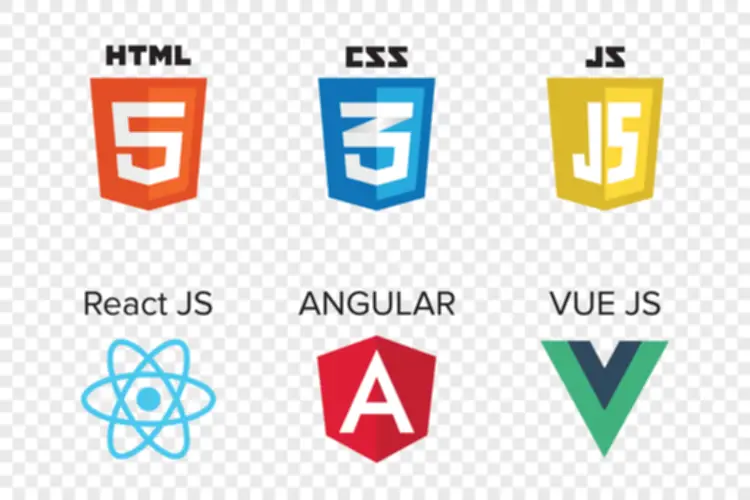The change was not merely about technology; it was about rethinking processes. For occasion, one international cloud supplier considerably reduced its utility loading time by 40%. By implementing a more dynamic method, they streamlined their deployment process.
The cloud vendor doesn’t cost for computing resources when the serverless software is idle. Containers, however, are extra transportable, giving developers complete control of the appliance’s surroundings. Containerization is a software program deployment course of that bundles an application’s code with all of the recordsdata and libraries it needs to run on any infrastructure. Historically, to run any software in your laptop, you needed to set up the model that matched your machine’s working system. For instance, you needed to put in the Windows model of a software bundle on a Home Windows machine. However, with containerization, you can create a single software package, or container, that runs on all kinds of gadgets and operating systems.
As mentioned above, containerized recordsdata would be within the form of a base picture. This image may be shared via an organization throughout developers, operations teams, and anyone involved within the project. Properly, the reply to all these questions is nothing but containerization know-how. Let us first check out what containers are, then the know-how behind them, and how you can save growth prices by effectively using them.
Containerization Versus Serverless
Most IT leaders are intrigued by this know-how as a end result of it is often used for deploying and working https://www.globalcloudteam.com/ a distributed app with out having to use a Virtual Machine (VM). For example, an internet software might have separate containers for the frontend, backend, database, and caching layer. Managing multiple containers across completely different environments requires orchestration. The deployment of containerized purposes entails a number of key steps that ensure smooth and efficient rollouts.

How Does Containerization Work?
With containers, you can what are ai chips used for create a streamlined development process for constructing, testing, and deploying updates or new options regularly at ease. In addition, it reduces the repetition of running test circumstances and avoids the creation of steady clustering of file switch between completely different systems. An OS-based container that enables an app to run on a number of Linux systems on a virtual level, given it has a single Linux kernel that serves because the host OS.
These pictures are moveable and may be shared throughout different environments, making certain consistency. Containerization entails packaging software code and its dependencies to run uniformly throughout any infrastructure. Containers share the host system’s OS kernel, resulting in environment friendly useful resource utilization and faster start-up instances. Nevertheless, they lack a full OS and will not swimsuit applications needing complete OS control. Namespaces can restrict access to any of these sources via processes inside each container. Typically, subsystems that don’t have Namespace help usually are not accessible from within a container.
- Containers give consideration to isolating the programmed software program from different computing environments.
- With fast iterations and fast rollouts becoming the norm, organizations pursue methods that allow them to deploy updates seamlessly.
- With containers, you presumably can create a streamlined growth process for constructing, testing, and deploying updates or new features incessantly comfortable.
- A hypervisor, which is software program that displays VMs, allocates computing assets to all of the VMs no matter whether the purposes use them.
- Of course, securing containerized purposes means you should take application safety (appsec) seriously as well.
- If you’ll have the ability to provide the underlying container engine, you probably can run the containerized software.
Flexibility fosters a tradition of steady enchancment, allowing organizations to experiment and innovate without shedding sight of consumer wants. This adaptability not solely attracts new customers but also retains existing ones by way of responsive and relevant service offerings describe the benefits of containerisation. In summary, the strategic adoption of superior methodologies offers compelling advantages to enterprises.

Real-world Applications Of Containerization In Distributed Systems
This permits the appliance to run independently from the host working system. Containerization prevents resource waste as a outcome of purposes are provided with the precise resources they need. Docker is a platform that uses containerization to run applications in isolated environments called containers, improving consistency and portability. Containers isolate functions from one another and the host system, enhancing safety and stability. Thanks to this containerization profit, the risk of conflicts and vulnerabilities is reduced to a minimum.
What if we are saying there’s a possibility to arrange a virtualized Operating System (OS) inside an present system that imitates its performance like a wholly new system? In simple words, what should you might run an OS nearly inside an current OS? It would allow you to save tons of improvement time and value, not to point out maintaining the consistency of software code in all developer systems throughout your application infrastructure.
For instance, automated testing and integration have remodeled handbook processes. The result’s a more streamlined pipeline, lowering errors and minimizing downtime. One distinguished examine revealed a 60% increase in efficiency for teams adopting these practices, demonstrating tangible advantages. Alongside this, the frequency of deployments typically sees a exceptional increase. Firms can now deploy multiple times a day, which was previously an arduous task.
Pinterest first moved its providers to Docker to have an immutable infrastructure and unlock engineering time spent on Puppet. Two frameworks for modern networks – digital machines and containers – have fully modified the software industry’s perception of virtualization. Each frameworks facilitate shifting contents from one bodily device to another, and neither is mutually unique. The key difference between containers and digital machines lies in how they achieve virtualizations.
In this section, we are going to cowl key efficiency factors, greatest practices for optimizing container efficiency, and benchmarks evaluating containerization approaches. Virtualization and containerization are each key ideas in software product development, but they cater to distinct wants and eventualities. Discover essential suggestions and prime resources to master coding challenges and boost your programming abilities for fulfillment in aggressive environments.

Smaller photographs are quicker to drag and deploy, which is especially essential in high-demand environments. Once a container image is pulled from a registry and executed by the container runtime, it becomes an isolated occasion generally identified as a container. The container itself is a working course of that’s isolated from the remainder of the system, that means it has its own filesystem, networking, and environment variables.